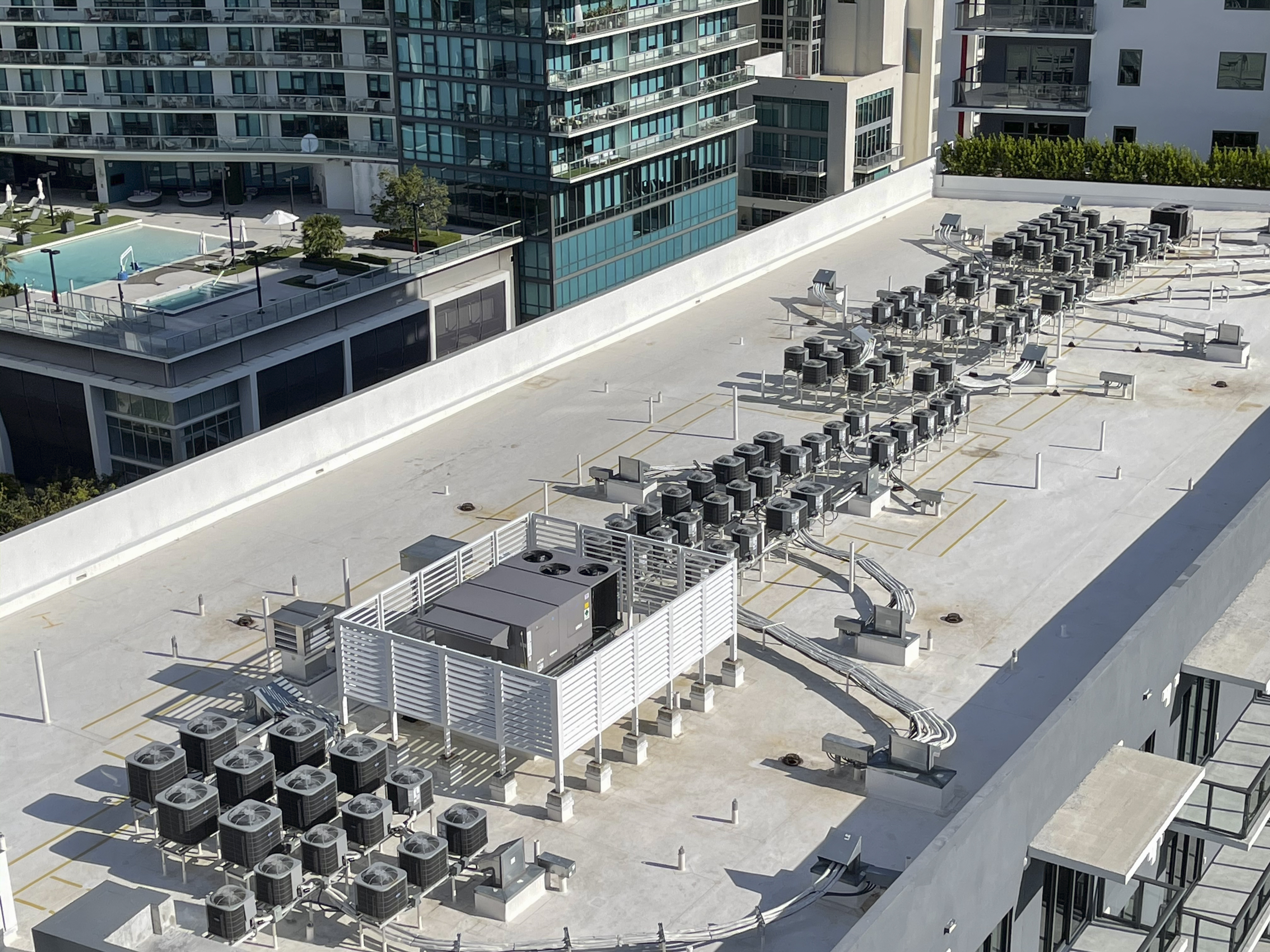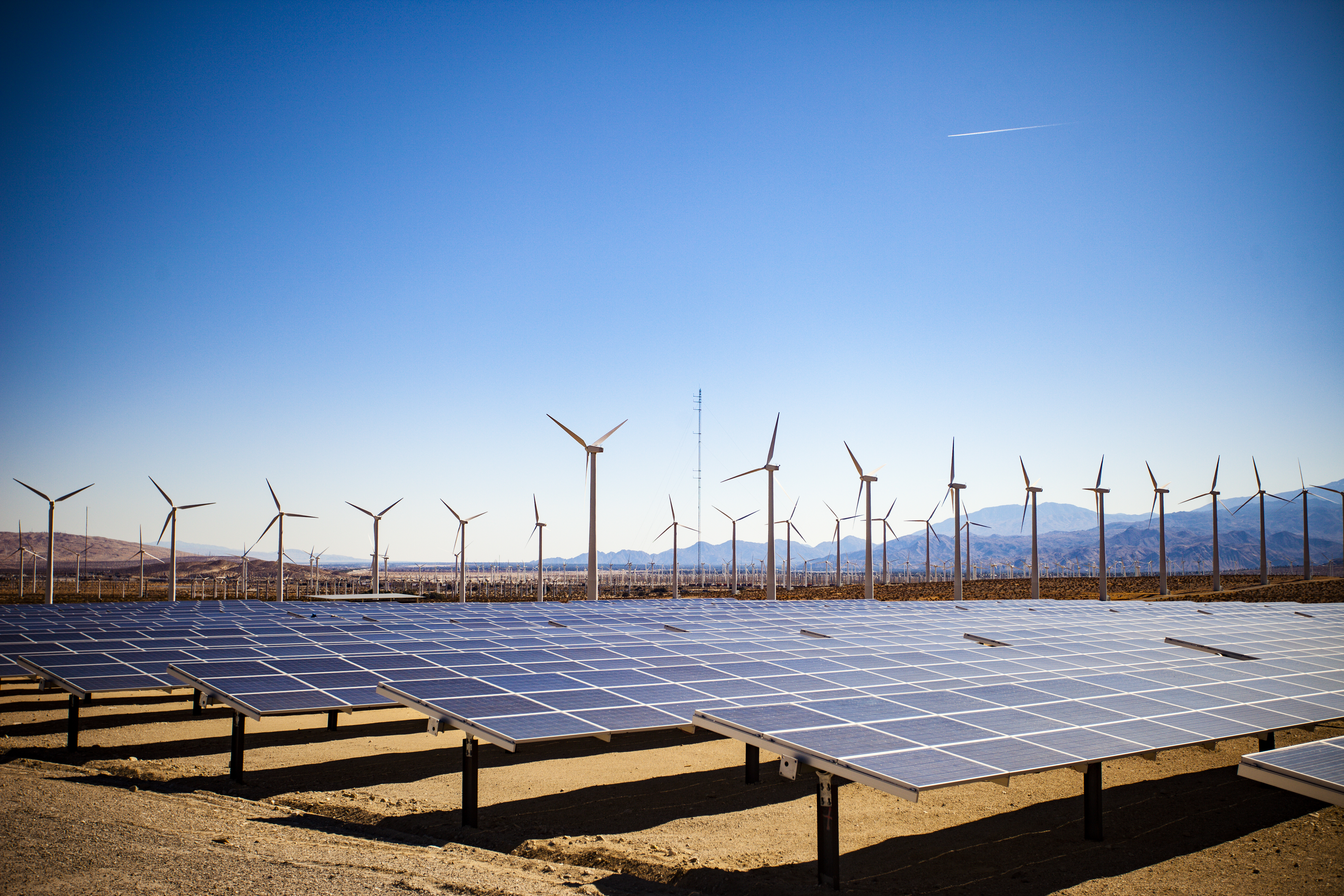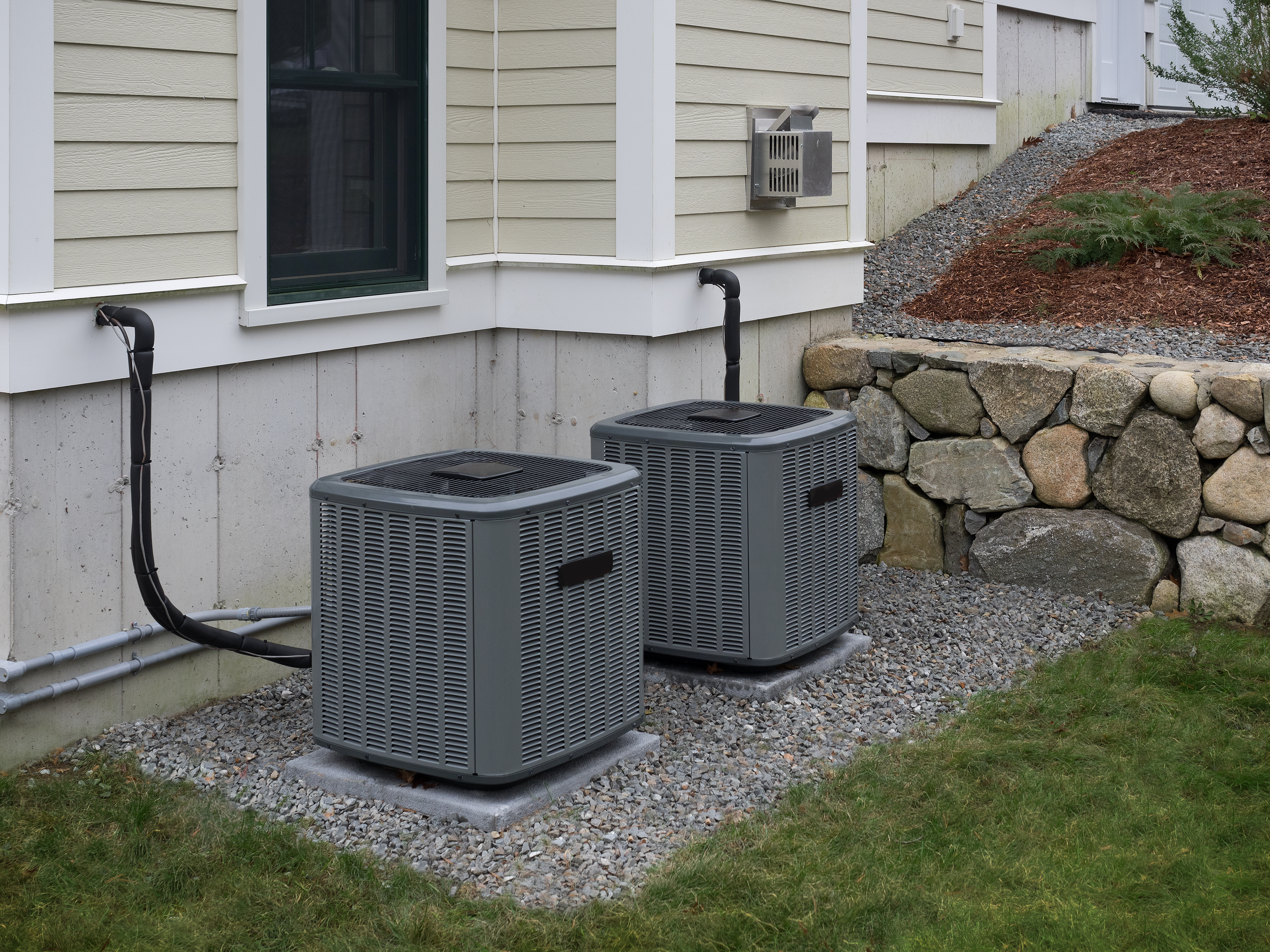As some American homes phase out natural gas and move toward full electrification, homeowners need reliable, renewable sources of electricity to avoid having a harmful impact on the environment. This article by Popular Science looks at all angles. For more information about how solar plus battery storage can benefit your fully electric home, talk with an authorized Panasonic installer.
In the US, buildings are a tremendous energy burden. About 70 million American homes and businesses burn fossil fuels for space heating, water heating, cooking, and other purposes, accounting for approximately 10 percent of all US greenhouse gas (GHG) emissions in 2017. One way to slim down those emissions is via electrification.
Building electrification is the process of replacing fossil fuel-powered systems and appliances in homes and buildings – such as gas furnaces, water heating, or stoves – with electric ones that run on clean energy to deliver climate, health, and economic benefits, says Stephanie Greene, managing director at RMI that leads their Carbon-Free Buildings Program.
Seasonal peaks in energy demand are typically managed using fossil fuels, but electrified buildings must rely on renewable energy and energy-efficient measures instead. There are, however, a few ways to make this transition less daunting.
Electrified buildings must reduce strain on the electric grid during seasonal peaks
Throughout the year, energy demand usually experiences seasonal fluctuations. One 2022 Scientific Reports study identified that total energy consumption usually peaks in the coldest and hottest months due to energy-intensive measures like air conditioning and heating.
For gas-heated buildings, this fluctuation is currently managed via their connection to underground gas storage facilities – typically old oil fields or aquifers with old wells that were converted for gas storage – and some above-ground liquefied gas storage facilities, says Jonathan J. Buonocore, study author and assistant professor at the Boston University School of Public Health. Some also manage the fluctuations using propane, fuel oil, or wood as primary heating fuel. All of these have long-term storage capability, which means people can rely on them when needed.
“This peak in energy demand will still exist when buildings are electrified, and the electrical grid needs to be able to meet this demand,” Buonocore adds. “In order to truly result in energy decarbonization, this demand needs to be met with renewables.”
According to the study, building decarbonization models need to account for the seasonal fluctuations to minimize strain on the nation’s electric grid during peaks. For instance, meeting the current winter peak in demand would require a 28-fold increase in January wind generation or a 303-fold increase in January solar energy generation in the US.
Reducing demand on the electric grid is also crucial. More efficient electric heating technologies must be installed in homes and buildings to bring sky-high energy peaks down to a more manageable level.
These technologies already exist: air and ground source heat pumps extract heat from the air or the earth to heat and cool buildings. Replacing gas furnaces with clean heat pumps will significantly reduce carbon emissions and minimize electricity use for heating by approximately 50 percent. “The higher the efficiency of the heating/cooling technology, the better,” says Buonocore.
Long-term energy storage that stores excess electricity generated by renewables for winter heating can also help provide more electricity when needed. Such measures can reduce the demand for renewable energy during winter peaks, only requiring 4.5 or 36 times more generation from wind and solar power, respectively.
Policymakers can improve pathways to building electrification
While it’s true that building electrification will increase the electric load, the growth will be at a manageable pace, which gives us time to plan and expand the grid with efficiency and flexibility in mind, says Greene. “We have a runway of time in front of us to modernize the grid, build out renewables, and make our buildings and technology more efficient,” she adds.
Potomac Electric Power Company (or Pepco), an electric utility company that supplies electric power to Washington, DC, conducted a study last year to assess the potential impact of electrification on their system. If electrification was the city’s primary method to achieve its decarbonization targets, they estimate that peak demand will grow at an average annual rate of 1.4 to 1.7 percent between 2021 to 2050. This is surprisingly manageable, considering the grid has handled growth rates above 2 percent in the past. Moreover, they add that energy efficiency and load flexibility could reduce the future load growth rate to less than 1 percent per year.
There are plenty of ways for policymakers to make building electrification possible and reduce the use of fossil fuels for heating and cooling. At the federal level, policymakers can provide manufacturer incentives to drive domestic production of efficient electric heat pump furnaces and water heaters. Greene says they could also develop direct rebates or tax credits for electric appliances and create zero- and low-interest financing tools for electrification.
The Biden administration plans to support efficiency upgrades and building electrification by using more widely heat pumps and induction stoves, adopting modern energy codes for new buildings, and investing in new technologies associated with construction. Last June, President Biden authorized the Defense Production Act (DPA) to accelerate the production of clean energy technologies such as heat pumps, building insulation, and critical power grid infrastructure.
At the state level, policymakers can enforce policies that make buildings efficient from their inception, says Greene. In New York, a landmark bill was introduced to require new buildings and infrastructure across the state to be all-electric by 2024. New York would be the first state to mandate all-electric buildings if it passes. Almost 60 cities or counties in California have also adopted gas-free building commitments or electrification building codes. “New construction should be all-electric and efficient, net-zero carbon buildings,” she adds.
Policymakers can also reform electric rates to ensure low-income families see lower bills from electrification, build new incentives and pilot programs to allow people to electrify at zero or low costs, and help rural communities shift from wood and propane to highly-efficient all-electric homes. Last week, the Biden administration announced several actions to lower electricity bills for working families, which include connecting states and households to low-cost solar power.
Low-income households tend to face additional barriers to electrification. Still, it’s essential to implement thoughtful policies that help make their homes greener and their electricity bills more manageable to further reduce carbon emissions.
This article was written by Carla Delgado from Popular Science and was legally licensed through the Industry Dive Content Marketplace. Please direct all licensing questions to legal@industrydive.com.






